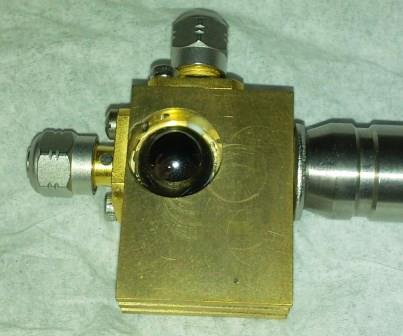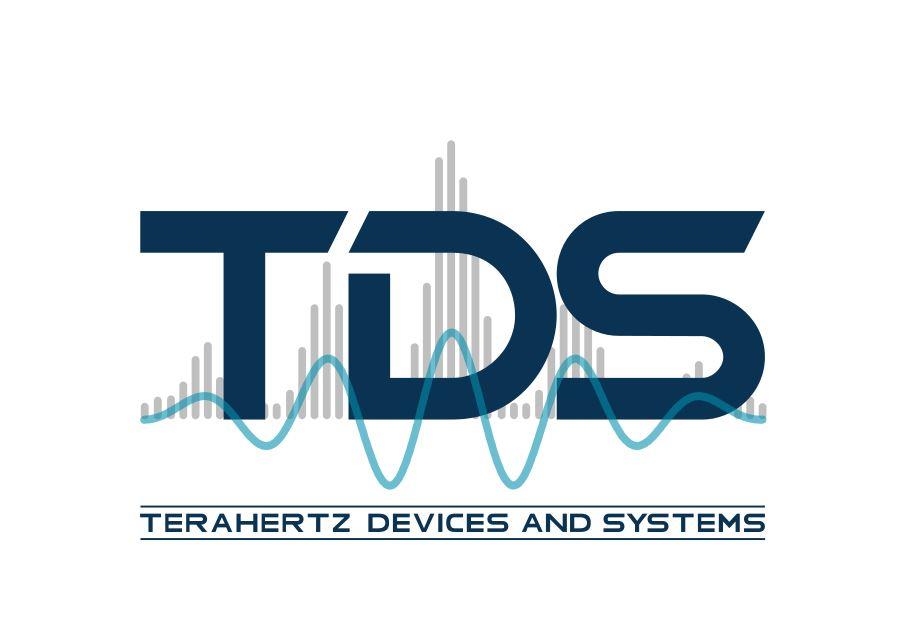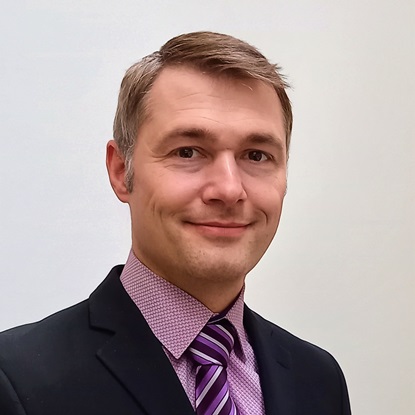
Within the BMBF (German Ministry of Education and Science)-funded project “High Speed Room Temperature Terahertz Devices for Beam Alignment and Diagnostics “ (HiSTeD) we develop in collaboration with the Technische Hochschule Mittelhessen (Andreas Penirschke) field effect transistor rectifiers, photoconductive detectors as well as Schottky diodes for beam diagnosis at accelerator facilities.
Rectifying field effect transistor-based rectifiers (TeraFETs) can operate far above ft and fmax. In preliminary work (DFG project „LA-FET“, PR1413/2-1) we have demonstrated rectification all the way up to 30 THz. Further investigations on the rectifying effect at these high frequencies are, however, necessary. Photoconductors will be employed as mixers, where they mix a THz signal emerging from a beam line or from the passing electron bunch with a photonic local oscillator signal. Schottky diodes are already an established technology for beam diagnosis. The aim of this project is to increase the IF bandwidth, enable precise timing of optical signals and pulses generated by the accelerator, as well as to simplify alignment tasks of experiments at accelerator sites. The project is coordinated by the TSYS group.
| Project responsible: Sascha Preu |
| Team members: |
| Rahul Yadav (PhD student) focuses on the IF path and on Schottky diode development. He is hosted by THM and guest researcher at TUDa. |
|
Fahd Faridi (PhD student) develops field effect transistor rectifiers based on III-V high electron mobility transistors. |
| Florian Bek (PhD student) develops the photoconductive receiver technology for beam diagnosis. |
| Former member: Dr. Stefan Regensburger has worked extensively on field effect transistor-based rectifiers and performed investigations both in lab-scale experiments as well as at the accelerator facility FELBE (Helmholtz-Center Dresden-Rossendorf) |



